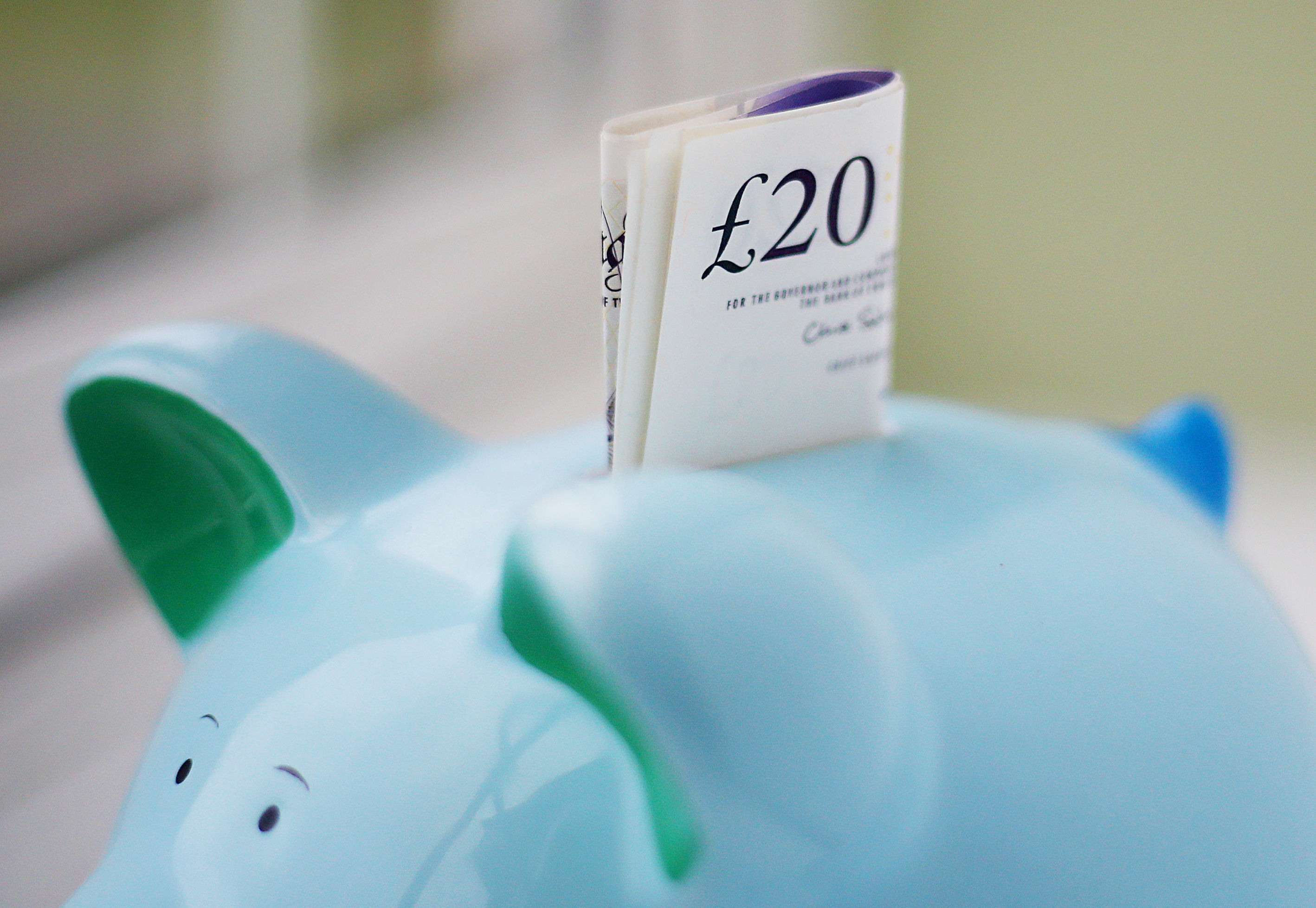
THIS is set to be the year of the “savvy spenders”, with more than half of people having changed their money habits since the start of 2018, a survey has found.
Some 54% of people have altered their purchasing routines, while 60% have also changed their eating or going out habits since the start of 2018, according to Lloyds Bank’s spending power report.
Of those who have changed their spending habits, a third (34%) have reduced spending on clothes and personal care items, and a fifth (20%) are turning to voucher codes and discount websites.
The average consumer tightening their belts claims to have reduced their spending by £21.53 a week since the start of the year.
The report said: “2018 on course to be the year of the savvy spenders”.
Younger people were particularly likely to say they were using voucher codes or had cut back on eating out, with 27% of 18 to 34 year olds using voucher codes and discount websites more often and a third (33%) of 25 to 34-year-olds swapping dining out for eating in.
Only around one in five (22%) people think they will have more money in six months’ time, the survey of over 2,000 people in January found.
Robin Bulloch, managing director of Lloyds Bank, said: “It is clear that many young people are concerned about the pressure on their finances in 2018 and are looking at ways to reduce their outgoings.”
A separate report from the British Retail Consortium (BRC) and KPMG found this week that shoppers were dealing with the “financial reality” of their budgets being eaten up by essential spending in February, leaving less cash for discretionary purchases.
Weak growth in household earnings is keeping overall sales low, that report said.
Helen Dickinson, chief executive of the BRC, said this week: “The fact is that consumers want to spend, they just don’t have the resources to do so.”

Enjoy the convenience of having The Sunday Post delivered as a digital ePaper straight to your smartphone, tablet or computer.
Subscribe for only £5.49 a month and enjoy all the benefits of the printed paper as a digital replica.
Subscribe